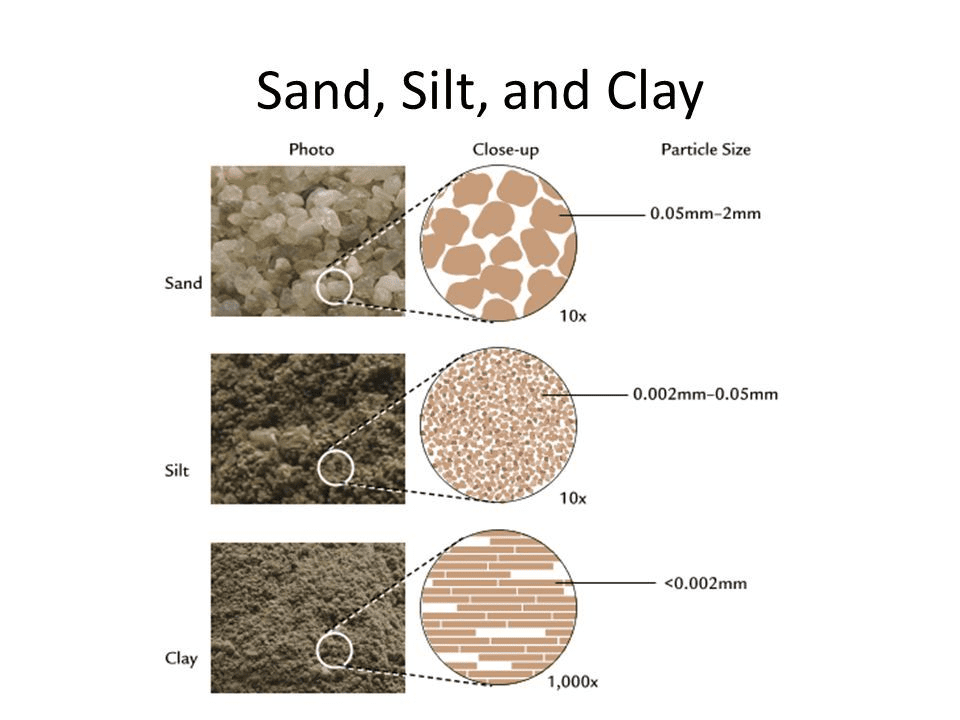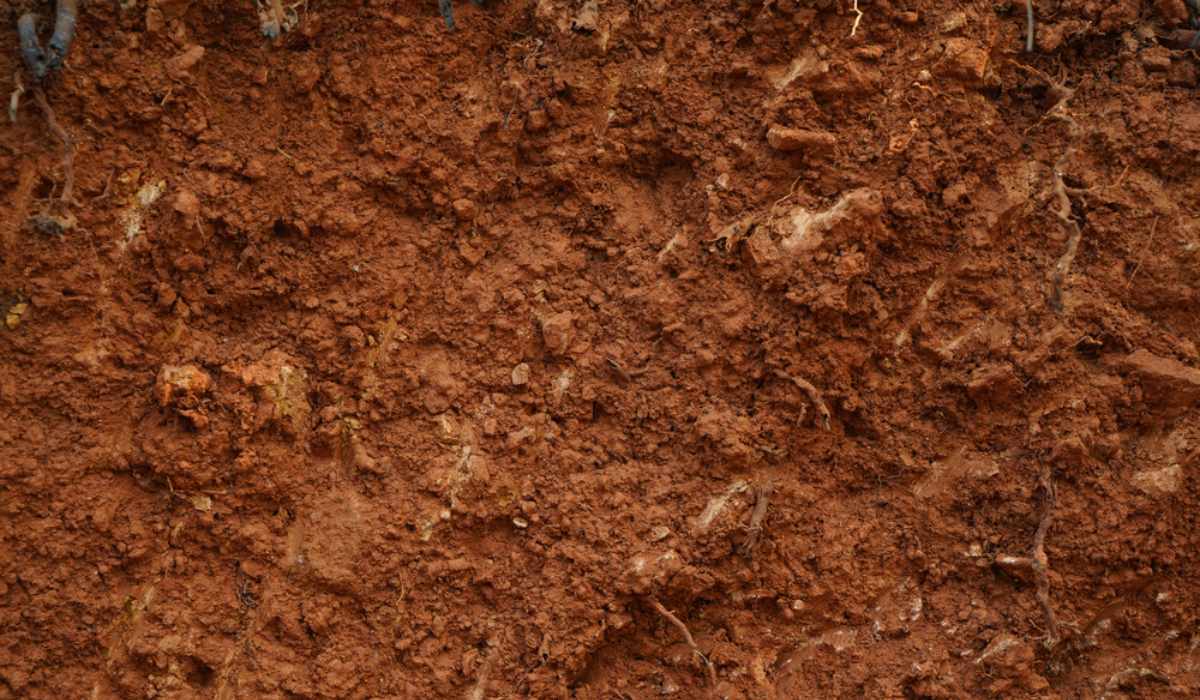The ground that we all walk on and build our properties on is made up of different natural elements. Stones, sand and soil are those elements. Soil contains a mixture of naturally occurring organisms, various minerals, moisture and air. We all know how important soil is for our ecosystem. They help us grow plants and vegetables and give us a base floor to build our homes and buildings. Soil is made up of many elements. Its composition also gets affected by the sea level, temperature and different environments. To arrange the same type of soil composition in one group for further study is called soil classification.

Source: Pinterest
See also: What is compaction of soil?
Soil classification: Definition
To better understand the characteristics and composition of soil from a particular area, soil classification is conducted by studying the soil by various methods. There are already established methods and conditions which can be used to group soil into particular categories for further use in construction. After analysis of the soil, engineers can use this data to understand their proper applications.
Even though a type of soil is put under one type of category, its application might not yield the same result when used for different purposes. To avoid this confusion, further classification of soil should be done in a masterful way. Many methods have been developed after thorough research to classify soils accurately.

Source: Pinterest
Soil classification: Preconditions
There are particular conditions under which soil classification becomes vital to be conducted. These conditions are:
- The soil classification must be done according to the engineer’s guide.
- Soils showcasing the same kind of properties and composition need to be added to a particular group for clarity.
- Soil classification has to be easy to study and understand for the builders and engineers.
Soil classification: Types
For an easier understanding of soils and their applications, soils can be divided into these groups:
Classification based on texture
Under this heading, soils are classified according to their texture, size of the soil particles and distribution percentage. The percentage of clay, sand and silt present in the soil helps determine their category. Engineers use a triangular chart to classify soil types. The different classifications are showcased in the three axes of a triangle. Along the border of the triangle, alternate percentages of sand, clay and silt particles are showcased. This method works best with coarse soils. This method was first developed by the U.S. Bureau of Soils.

Source: Pinterest
Soil classification according to the size of the grains
In this category, the soil is differentiated and put under a particular category based on the size of the soil grains. The chart showcases only the size of sand, clay and silt particles in the soil. The nature of the soil is not taken into consideration here.

Source: Pinterest
see also all about: standard penetrating test
AASHTO soil classification
This category is also called a ‘PRA classification method.’ This was developed by the U.S. Bureau of Public Roads in 1920. It was primarily used to categorise soil for use on highways. This method uses the different sizes of soil particles and the flexibility of the soil’s mass. In 1945, the method was adopted by AASHTO. The soil is categorised into seven different groups and furthermore subgroups. A left-to-right chart is made, and data is filled as the soil in each group gets checked. Further classification of fine fractioned soil is done according to the index of their groups. A soil’s group index can be done by using the following equation:
Soil’s group index = (F – 35)[0.2 + 0.005 (LL – 40)] + 0.01(F – 15)(PI – 10)F – Percentage passing 0.075mm size
LL – Liquid limit
PI – Plasticity index

Source: Pinterest
Unified soil classification category
This category of soil classification was first developed by Casagrande in 1948. Later, it was further developed by the U.S. Corps of Engineers for further use. Finally, in the year 1957, the category was made universal with the last bit of corrections and was finally renamed the Unified Classification of soil. The soil is categorised based on the size of its grain and plasticity. The soil is divided into three types:
- Soils that have fine grains with almost 50% passing, number 200 ASTM Sieve.
- Soils that are completely organic.
- Soil that is coarse and grainy with 50% passing and number 200 ASTM Sieve.
After diving into these types, further visual, dry strength, colour and texture and other tests are also conducted to further identify the composition of the soil.

Source: Pinterest
ISC or Indian Standard Classification System
This category was implemented by the Indian Standards Bureau. This bureau works in the same manner as the USC system. Like USC, the soil can be divided into three headings- Coarse-grained soils, Soils with fine grains, and organic soils that have a large % of living matter. There are many further small subheadings of soil types. In total, there can be up to 18 main headings of soil. Coarse-grained soil has 8 groups, peat has one group, and finely-grained soil has 9 groups.
Soil classification: Purpose
Soil classification and putting them under a particular category helps not only engineers but farmers and community planners. By knowing about the exact type of soil and its components, people would know what to grow if they are checking it for gardening, or building properties if they are a builder. A proper soil classification also lets us know about its water penetration ability.
When it comes to construction, soil classification plays a major role. When engineers take up a job to build new roads, or buildings or install stormwater systems, the data retrieved from soil classification helps them understand the ground better, and they can then carry forward with their construction work. If they skip this step, the future sinking of roads, erosion due to weak soil or property damage may occur. Therefore, if the soil is properly tested before the construction job starts, these mishaps can be avoided by the engineers.
When building various stormwater collection systems, the study of soil plays a vital role. They need soil that can hold water and retain it for a long time. Soil classification can help them find this exact soil type by analysis. This will also prevent soil from running off or washing away during rain or water collection. Soil erosion can also be prevented.
FAQs
What are the three major classifications of soil?
Soil can be classified into three types - A, B and C, from the most stable to the least stable category.
What are some kinds of soil types found in India?
Soil kinds such as alluvial, black cotton, laterite, or arid type etc., can be found in India.
| Got any questions or point of view on our article? We would love to hear from you.
Write to our Editor-in-Chief Jhumur Ghosh at jhumur.ghosh1@housing.com |






